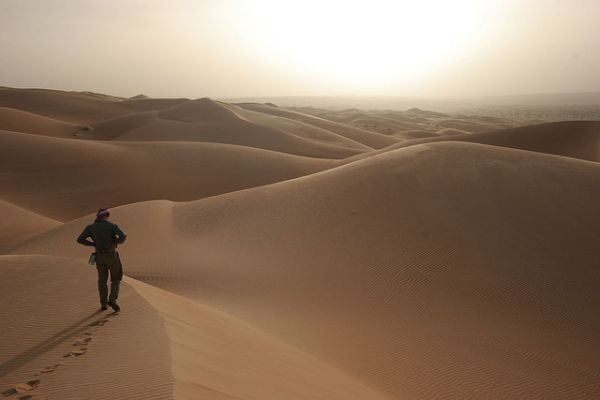
Or... who ate the cedars of Lebanon?
In
the vast Sahara, seas of sand ripple for miles. They rise up in
wavelike dunes that can crest at over 1,000 feet. With temperatures that
have been known to reach 136°F (58°C), the desolate Sahara covers most
of North Africa and over a third of the African continent. It's the
world's largest desert, home to over three million square miles of dust,
stone, and sand.PARADISE LOST

And people had a great time, too. Prehistoric rock painting show ancient Saharans feasting and drinking and -it's true!- swimming. They had steady jobs, first as fishermen and hunters, later as shepherd, cattlemen, and farmers. But that was in the old days, around 5,500 years ago. But 2,000 or so years later (just a wink of the geological eye), the lakes had dried up, the vegetation and animals were gone, and farmers were forced to leave a land where nothing could grow. So what happened?
TRUE GRIT
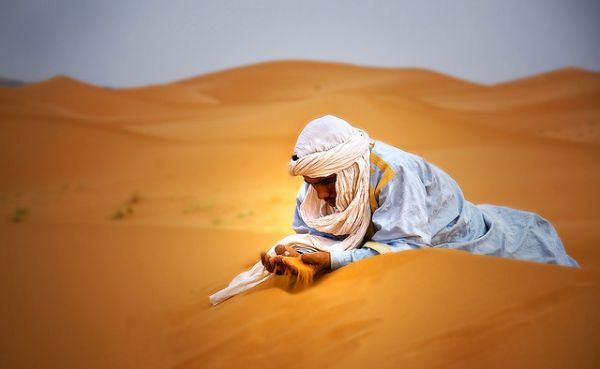
But what caused the climate to change in the first place? Why did drought transform the Sahara from a wet wonderland to a desert badland? Explanations involve everything from the tilt of the Earth to the apetite of the humble goat.
A VENUS AND JUPITER SANDWICH
Up in space and completely unaware of giraffes, hippos, or swimming Saharans, Jupiter's gravity combined with Venus's gravity to influence the tilt of the Earth's axis. Nine thousand years ago, when the Sahara was blooming, Jupiter and Venus kept the Earth's tilt at 24.14 degrees, compared to the 23.45 degrees it is today. The perihelion (when the Earth is closest to the Sun) occurred at the end of July -now it occurs in early January. This means that a very long time ago, the Northern Hemisphere basked in much more summer sunlight, and the summers in Africa were hotter.
Hotter? So what's the problem? Well, ironically, hot summers meant water for North Africa and lots of it. When the African landmass is much hotter than the Atlantic Ocean, the temperature contrast increases the number of summer monsoons that rain on the Sahara. As the Earth incrementally wobbled into its current axis, the summers grew cooler, the African monsoons grew weaker, abd the cool, moist Sahara became hot, dry, and eventually sandy.
NUDE LANDS ARE BAD LANDS
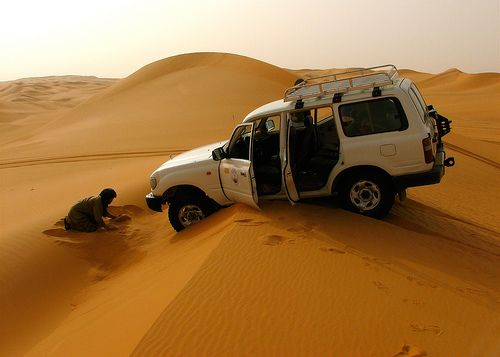
The drought cycle picked up momentum until finally the desert took over fertile ground. And remember the rock paintings showing the farmers, shepherds, and cattle drivers? It may be that these folks helped the drought cycle along, turning their heavenly little Eden into the hot hell of the Sahara.
WHO'S TO BLAME?
Some scientists believe that ancient man was the victim of the climate change, but others think he was responsible for it and that poor farming practices, as well as overgrazing and deforestation, contributed to drought, barren land, and the eventual creation of deserts. In fact, a famous scientific study suggests that deforestation along the southern coast of West Africa could cause a complete collapse of the Sahara's dwindling monsoon system.
BETTER GET YOUR GOAT
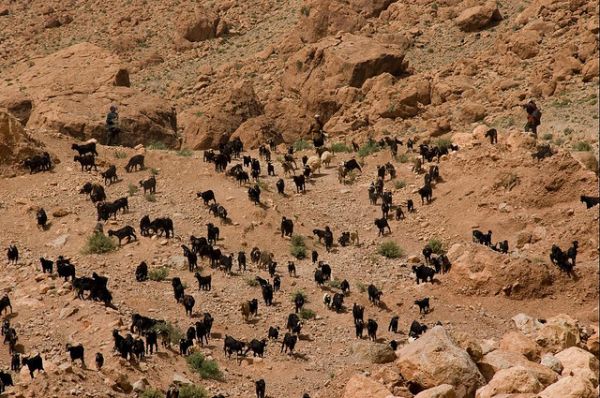
SAND MARCHES ON
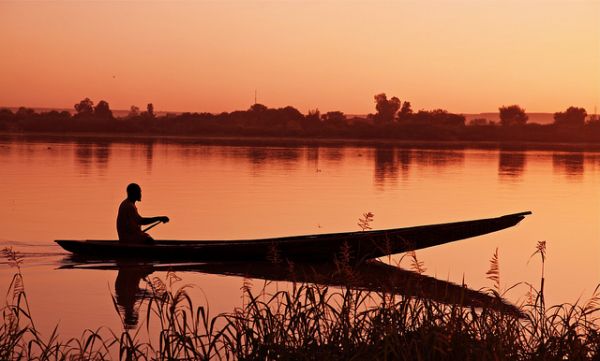
THE GREENING OF THE SAHARA
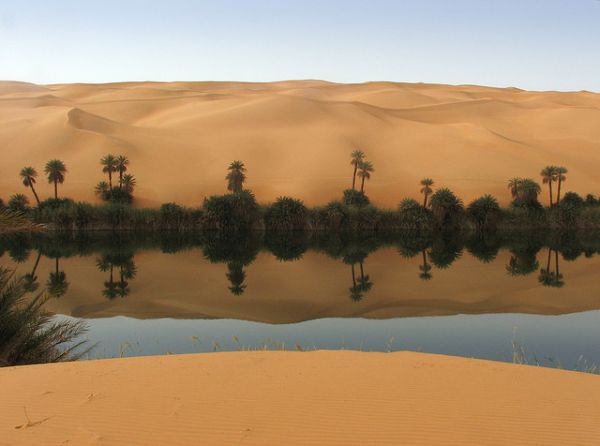

No comments:
Post a Comment